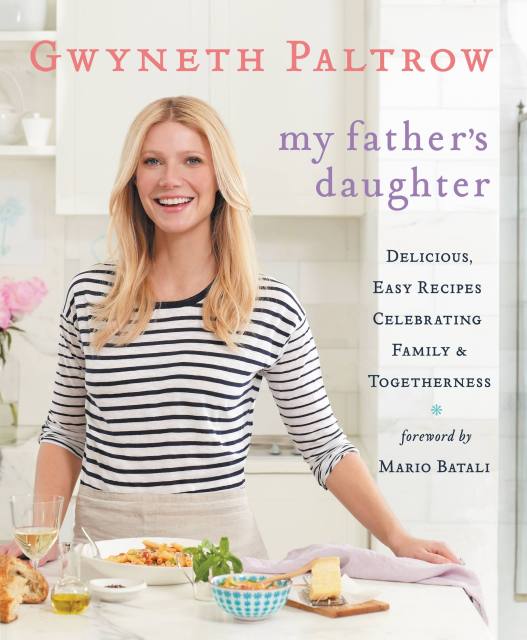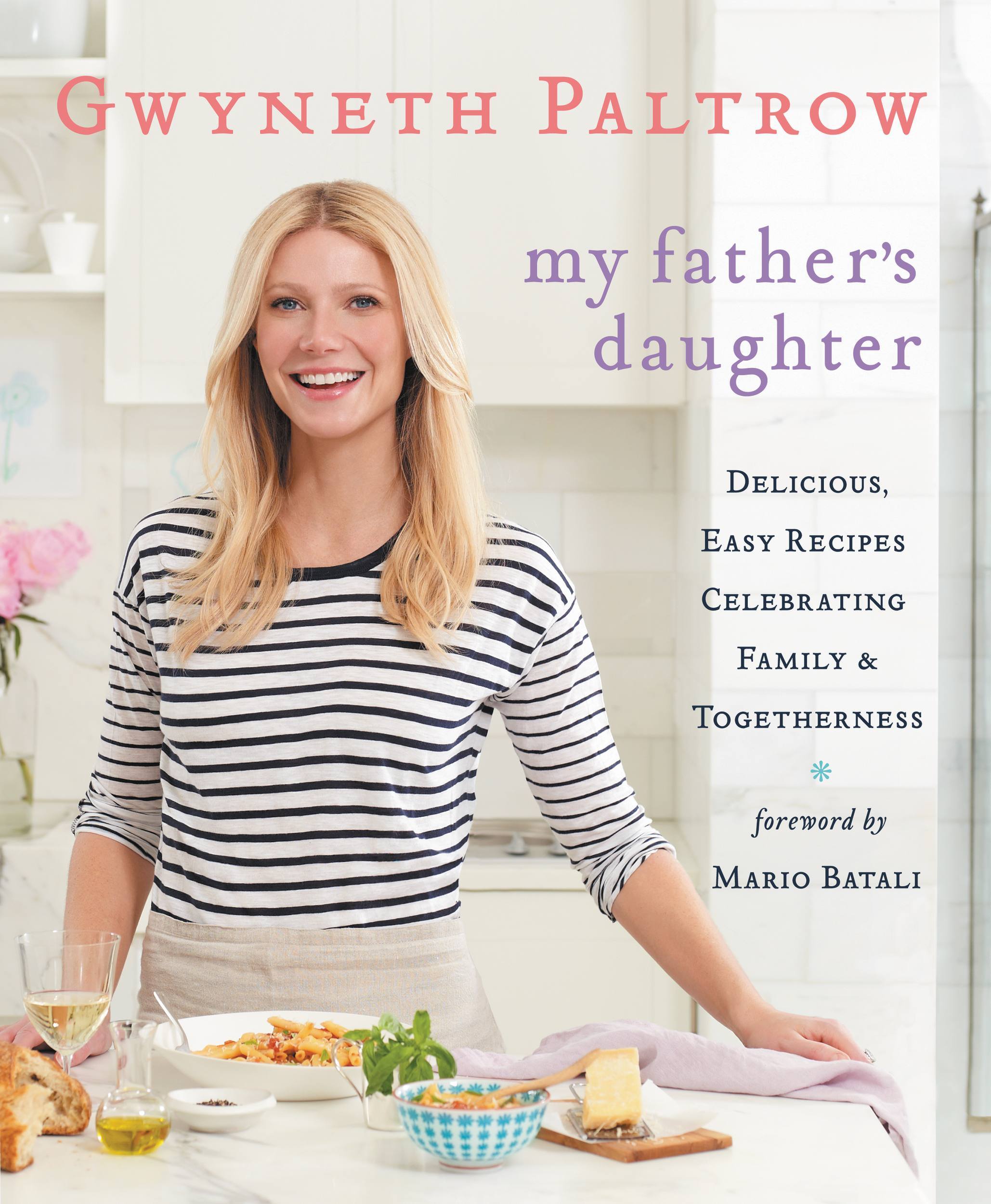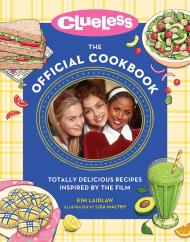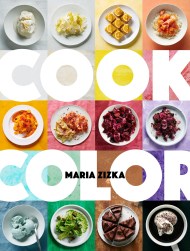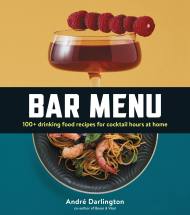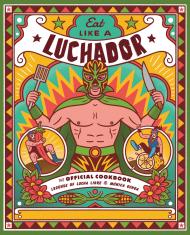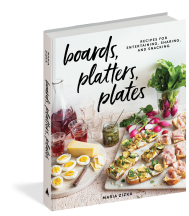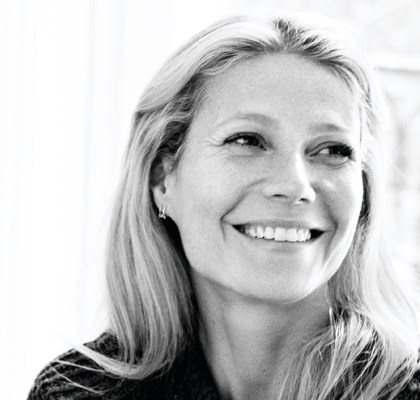Promotion
Use code MOM24 for 20% off site wide + free shipping over $45
My Father's Daughter
Delicious, Easy Recipes Celebrating Family & Togetherness
Contributors
Foreword by Mario Batali
Formats and Prices
Price
$12.99Price
$16.99 CADFormat
Format:
- ebook $12.99 $16.99 CAD
- Trade Paperback $21.99 $26.49 CAD
This item is a preorder. Your payment method will be charged immediately, and the product is expected to ship on or around December 12, 2011. This date is subject to change due to shipping delays beyond our control.
Also available from:
The Academy-Award winning actress and avid foodie shares a sumptuous collection of recipes and gorgeous photographs celebrating the joy of preparing food for loved ones, a passion she learned from her beloved father.
As an actress, author, trendsetter, creator of goop.com, and host of the popular PBS series, Spain: On the Road Again, Gwyneth Paltrow is an icon of style and good taste around the world. As a young girl eating and cooking with her father, Bruce Paltrow, she developed a passion for food that has shaped how she lives today and strengthened her belief that time with family is a priority. Now in My Father’s Daughter, Paltrow shares her favorite family recipes along with personal stories of growing up with her father, Bruce Paltrow. She discusses how he has influenced her in the food she loves, how she involves her kids in cooking, and how she balances healthy food with homemade treats. And, for the first time, Paltrow offers a glimpse into her life as daughter, mother and wife, sharing her thoughts on the importance of family and togetherness.
Complete with 150 delicious ideas for breakfast, sandwiches and burgers, soups, salads, main dishes, sides, and desserts, this beautifully illustrated book includes full-color photos throughout, many featuring Paltrow at home with her family and friends. My Father’s Daughter is a luscious collection that will inspire readers to cook great food with the people who mean the most to them.
As an actress, author, trendsetter, creator of goop.com, and host of the popular PBS series, Spain: On the Road Again, Gwyneth Paltrow is an icon of style and good taste around the world. As a young girl eating and cooking with her father, Bruce Paltrow, she developed a passion for food that has shaped how she lives today and strengthened her belief that time with family is a priority. Now in My Father’s Daughter, Paltrow shares her favorite family recipes along with personal stories of growing up with her father, Bruce Paltrow. She discusses how he has influenced her in the food she loves, how she involves her kids in cooking, and how she balances healthy food with homemade treats. And, for the first time, Paltrow offers a glimpse into her life as daughter, mother and wife, sharing her thoughts on the importance of family and togetherness.
Complete with 150 delicious ideas for breakfast, sandwiches and burgers, soups, salads, main dishes, sides, and desserts, this beautifully illustrated book includes full-color photos throughout, many featuring Paltrow at home with her family and friends. My Father’s Daughter is a luscious collection that will inspire readers to cook great food with the people who mean the most to them.
Genre:
- On Sale
- Dec 12, 2011
- Page Count
- 272 pages
- Publisher
- Grand Central Life & Style
- ISBN-13
- 9781455516766
Newsletter Signup
By clicking ‘Sign Up,’ I acknowledge that I have read and agree to Hachette Book Group’s Privacy Policy and Terms of Use
